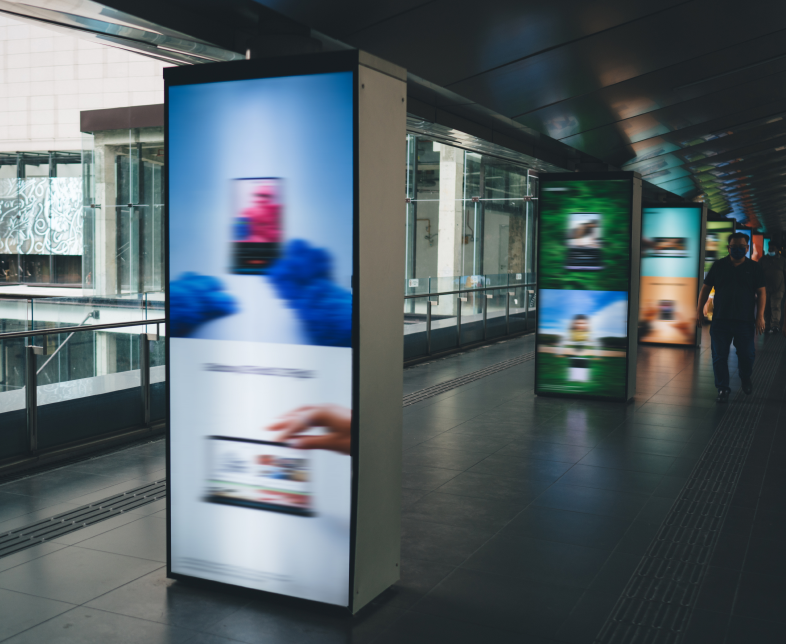Digital signage is no longer just about replacing posters with screens. For many businesses, it’s a critical part of customer engagement, operational communication, and brand presence. But if your digital signage is starting to feel like a limitation instead of a solution, it may be time to upgrade.
Here are five clear signs that your current system isn’t keeping up with your business needs.
1. You’re Still Manually Updating Content
If updating content across locations involves plugging in USB drives or navigating outdated local software, you’re spending unnecessary time and risking inconsistencies. Manual processes create room for error and limit your ability to react in real time.
Modern digital signage platforms allow you to manage content remotely and instantly across multiple screens. This means you can roll out promotions, emergency messaging, or seasonal updates in minutes instead of days, with full visibility and control.
What to look for: A cloud-based content management system with scheduling, localisation, and multi-user permissions.

2. Your Displays Look Dated or Frequently Fail
Even the most compelling message can fall flat if the screen it’s on looks old, is discoloured, or suffers from inconsistent uptime. Flickering, burn-in, or downtime reflects poorly on your technology as it’s a reflection of your brand.
If your displays are over 5–7 years old, you may be sacrificing energy efficiency, image quality, and reliability. Many newer commercial-grade displays are designed for 24/7 use, with slimmer profiles, brighter screens, and lower power consumption.
What to look for: Commercial-grade screens with extended warranties and remote monitoring capabilities.
3. You Can’t Personalise or Target Messaging
Generic messaging misses the opportunity to connect. If your system can’t tailor content based on time of day, customer demographics, location, or other inputs, you’re leaving value on the table.
Today’s signage platforms integrate with POS systems, inventory databases, and customer analytics tools to deliver dynamic, responsive content. From promoting breakfast specials during the morning rush to switching languages based on location, smart signage drives relevance and response.
What to look for: Integration capabilities and real-time content triggers based on data inputs or user behaviour.

4. Your Costs Are Growing, Not Shrinking
Are you still paying for frequent service calls, hardware replacements, or proprietary software licenses? Are content updates time-consuming or reliant on third-party support?
Modern signage systems often operate on a subscription model, with predictable costs, streamlined updates, and minimal maintenance. Many also include diagnostic tools and automation that reduce the need for on-site support.
What to look for: Transparent pricing models, lower total cost of ownership (TCO), and automation that reduces operational strain.
5. Security Has Become a Blind Spot
Your signage may not handle payment info, but it’s still connected to your network. That makes it a potential security risk, especially if you’re using outdated hardware or unsupported software.
Modern digital signage systems prioritise security with features like locked-down kiosk modes, automatic updates, and encrypted data handling. With rising threats across endpoints, it’s no longer optional to skip security considerations.
What to look for: Features like locked-down kiosk modes, automatic software updates, and end-to-end encryption.

If It’s Not Driving Results, It’s Time to Rethink
Digital signage is more than a display. it’s a business tool. If your current system isn’t delivering measurable value, ease of use, and flexibility, it may be time to upgrade.
A modern solution doesn’t just improve aesthetics; it reduces labour, improves agility, and helps you connect with your audience in smarter ways. In a competitive market, those advantages matter.
Ask yourself: Is your signage working for your business or just taking up space?